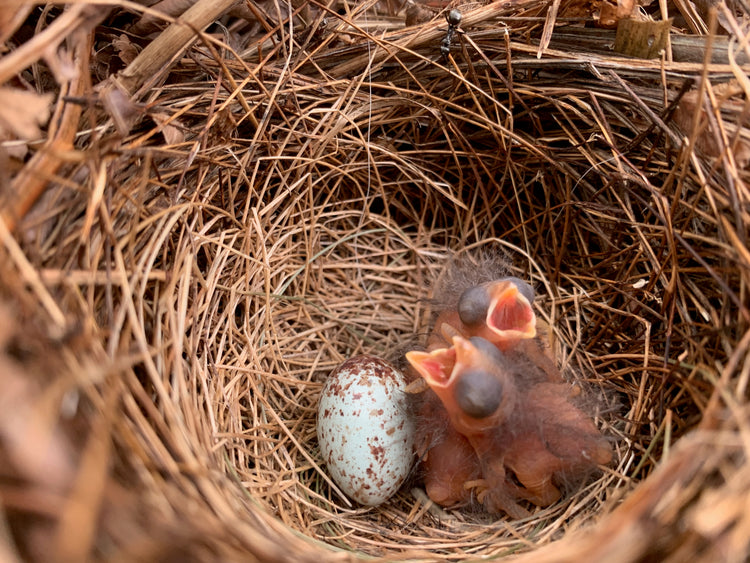
Like the canary in the coal mine, birds are a bellwether of the health of land, water and ecosystems. The multi-layered habitat required for birdscaping increases climate resilience, reduces GHG emissions from lawn equipment and air conditioners, reduces Urban Heat Island effect, reduces stormwater runoff, and increases watershed health.
Most birds rely on insects to feed their babies. And the most important baby food are caterpillars due to their high protein content. According to Douglas Tallamy, Chickadee parents need 6,000 to 9,000 caterpillars to bring a clutch of chickadees to maturity (350-570 daily).
"And chickadees are tiny birds: just a third of an ounce. What if you wanted to support red-bellied woodpeckers in your yard, a bird that is about eight times heavier than a chickadee? How many caterpillars would that take?"
Even Hummingbirds rely on insects to feed their babies.
Native plants, particularly keystone native plants, are critical food for the insects and caterpillars.
Guidelines for birdscaping

- landscape with native plants (especially keystone plants) to maximize insect diversity (even frugivores & seed eaters need insects for raising young)
- plant shrubs and trees which produce berries and fruit throughout the season (fruit is essential for migratory and year-round birds, even insectivores)
- plant densely in structural layers (canopy, understory, shrub, ground vegetation)
- include a bird bath or pond
- leave the leaves (insects use as shelter or nesting sites)
- scatter logs and rocks (provide food or protection for insects and other invertebrates)
- welcome spiders, they're an important food source and spider webs are used as nesting material
- install nest boxes (nest box plans available in our guide to pocket forest habitats for select bird species)
Choosing trees and shrubs

We've created a table listing various types of birds, habitat types, tree and shrub species, nesting requirements, links to nest box plans and other habitat features to help you birdscape.

Birds covered include: Cedar Waxwings, Eastern Towhees, Purple Finches, Gold Finches, Pine Siskins, Cardinals, Chickadees, Indigo Buntings, Veeries, Tufted Titmice, Down Woodpeckers, Norther Flickers, Nuthatches, Eastern Phoebes, Bluebirds, Yellow-Rumped Warblers, Catbirds, Whip-Poor-Wills, Scarlet Tanagers, Hummingbirds, Baltimore Orioles, Yellow-Bellied Sapsuckers, Tree Swallows, Saw-Whet Owls and Kestrels.

Interested in gifting a pocket forest to the birds? Email acorn@littleforests.org
Learn more
-
Guide to pocket forest habitats for select bird species, Little Forests Kingston
- Does your garden welcome spring migratory birds, Joyce Hostyn
- Gifting pocket forests to spring migratory birds, Joyce Hostyn
- Box-nesting birds of Eastern Ontario, Fran Bonier
- Wisconsin’s best native plants for attracting birds
- Creating a garden for birds, Cornell
- Right bird, right house, CornellLab Nestwatch
- Nesting birds and forest structure: An introduction to the complex interaction between birds and forests, Audubon Vermont


